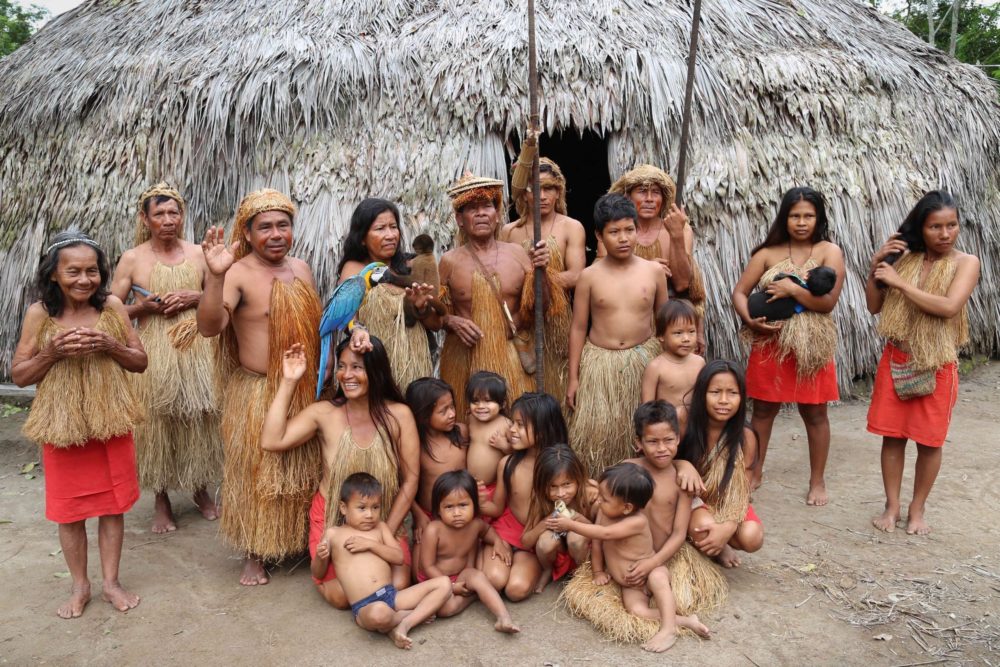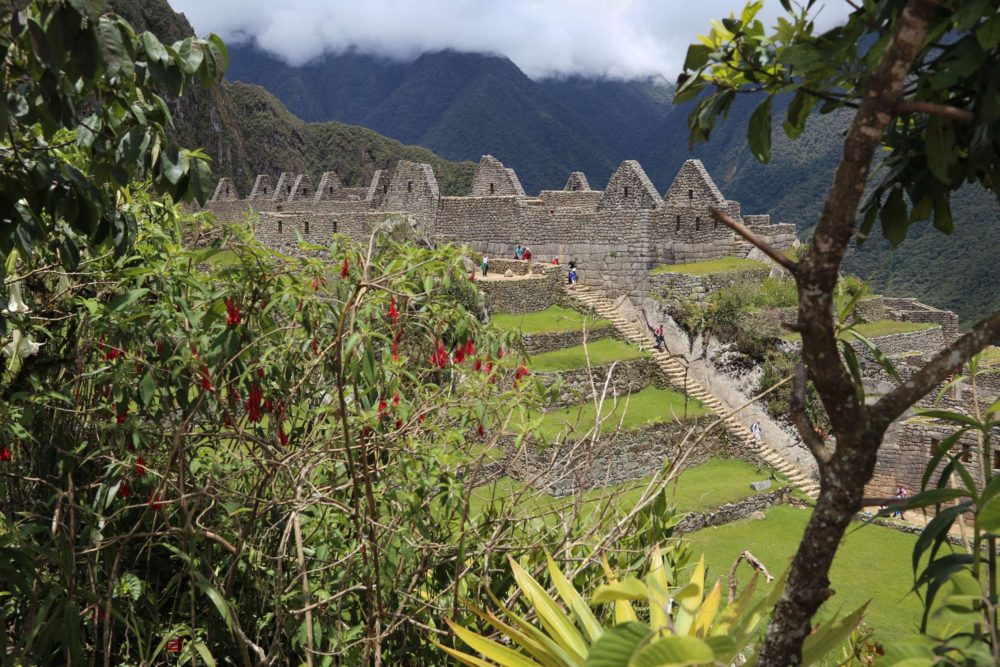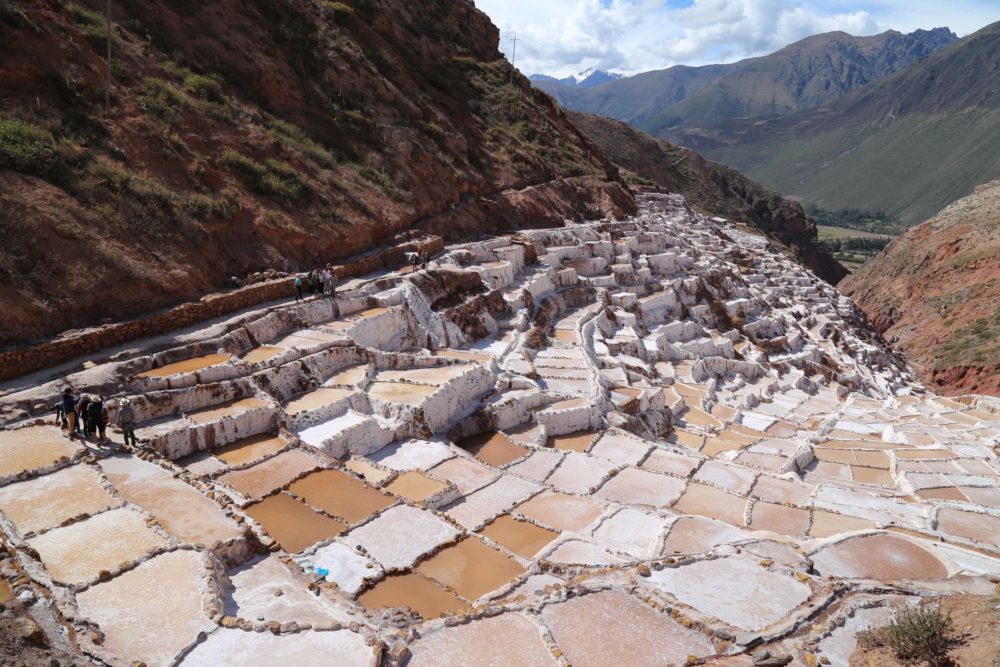When flying overhead, the Amazon jungle looks impenetrable. Gaze upwards from the jungle floor and the light and sky are nearly obscured. But at the interstitial between top and bottom one gets a perspective of the vibrancy and vitality of the Amazon River jungle. It’s a place to see both the trees and the forest.
For arboreal lovers, ambling along the top of a forest is a true delight. The longest canopy walkway in South America, which is also one of the longest in the world, is located in Peru’s Amazon jungle. The walkway is owned and maintained by Explorama Lodges, which for more than 50 years has been providing a place for visitors to spend time in the Amazon jungle. Their expert guides escort guests on hikes, excursions and even piranha fishing trips, in addition to a trip to their canopy walkway.




